Do you have a question about the Honeywell RM7895B1013 and is the answer not in the manual?
Specifies voltage, frequency, power dissipation, and load ratings.
Details ambient temperature, humidity, and vibration limits.
Lists UL, CSA, Factory Mutual, and EAC approvals for specific models.
Lists EAC and FCC approvals for EC7895A/C models.
Covers essential steps like reading instructions, checking ratings, and installer qualifications.
Highlights critical fire, explosion, and electric shock hazards during installation.
Advises on proper placement regarding humidity, vibration, and weather.
Details mounting the subbase and discusses subbase and wiring compatibility.
Describes subbases compatible with Series 1000 relay modules.
Describes subbases compatible with Series 2000 relay modules.
Explains compatibility between different relay module series and subbase models.
Verifies voltage and frequency tolerance of the power supply.
Ensures correct wiring and performs static checkout tests.
Guides on properly installing all electrical connectors.
Details restoring power and performing functional tests on the system.
Provides overall guidance and safety precautions for static checkout.
Verifies line voltage at terminal 5.
Verifies line voltage at terminal 6.
Checks burner motor start and line voltage at terminal 7.
Checks for ignition spark or transformer buzz.
Verifies ignition and pilot valve operation.
Checks automatic fuel valve operation.
Verifies second stage main valve and actuator operation.
Checks if the alarm (if used) turns on.
Lists conditions that cause a safety shutdown or lockout.
Describes the initial sequence upon power-up or call for heat.
Details the state before a call for heat is fully met.
Explains the prepurge timing and conditions.
Covers Pilot Flame Establishing Period and Main Flame Establishing Period.
Describes the state when the burner is operating normally.
Details the post-purge operations for RM7896 models.
Configures the PFEP duration (10 or 4 seconds).
Determines action upon flame failure (Recycle or Lockout).
Sets action for airflow switch failure (Recycle or Lockout).
Advises on securing the device from unauthorized access and tampering.
Recommends physical protection for critical interface functionality.
States prohibitions on copying and reverse engineering.
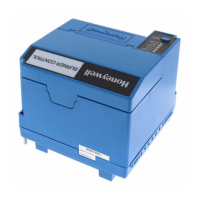




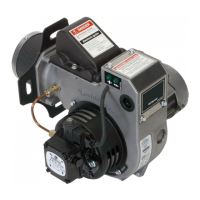

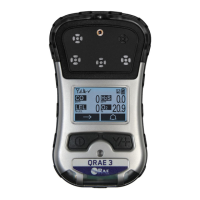
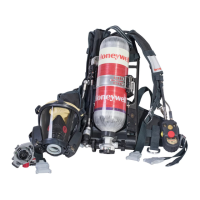

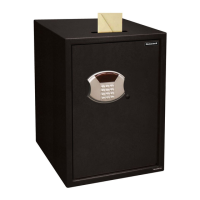
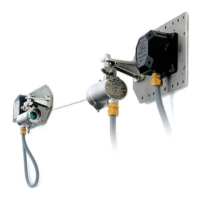
